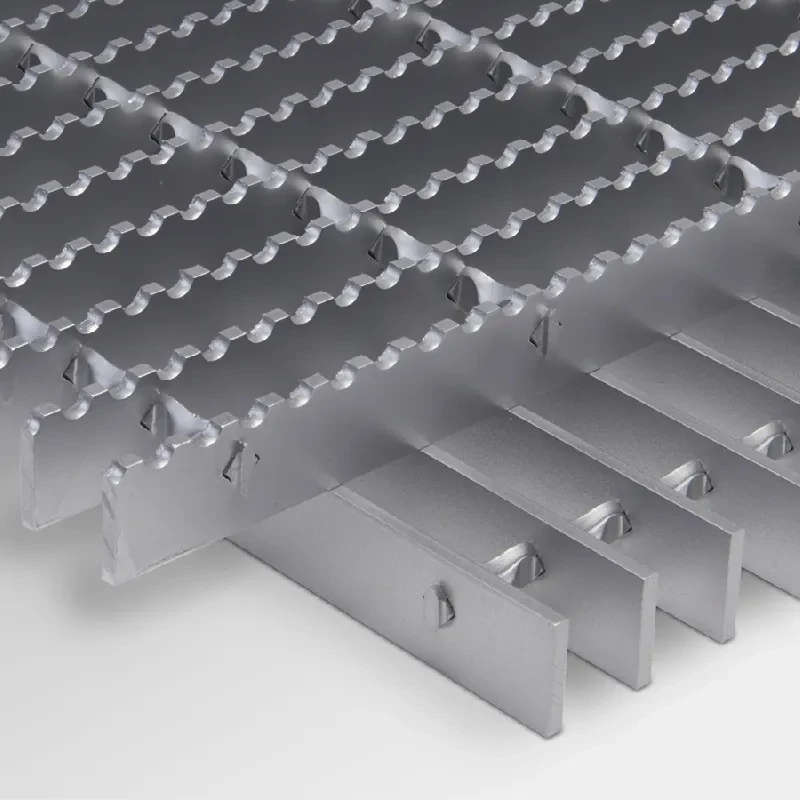- Industrial zone, South of Anping Town, Hengshui, Hebei, China.
- sales@hfpetromesh.com
- +86-18931809706
 Afrikaans
Afrikaans  Albanian
Albanian  Amharic
Amharic  Arabic
Arabic  Armenian
Armenian  Azerbaijani
Azerbaijani  Basque
Basque  Belarusian
Belarusian  Bengali
Bengali  Bosnian
Bosnian  Bulgarian
Bulgarian  Catalan
Catalan  Cebuano
Cebuano  Corsican
Corsican  Croatian
Croatian  Czech
Czech  Danish
Danish  Dutch
Dutch  English
English  Esperanto
Esperanto  Estonian
Estonian  Finnish
Finnish  French
French  Frisian
Frisian  Galician
Galician  Georgian
Georgian  German
German  Greek
Greek  Gujarati
Gujarati  Haitian Creole
Haitian Creole  hausa
hausa  hawaiian
hawaiian  Hebrew
Hebrew  Hindi
Hindi  Miao
Miao  Hungarian
Hungarian  Icelandic
Icelandic  igbo
igbo  Indonesian
Indonesian  irish
irish  Italian
Italian  Japanese
Japanese  Javanese
Javanese  Kannada
Kannada  kazakh
kazakh  Khmer
Khmer  Rwandese
Rwandese  Korean
Korean  Kurdish
Kurdish  Kyrgyz
Kyrgyz  Lao
Lao  Latin
Latin  Latvian
Latvian  Lithuanian
Lithuanian  Luxembourgish
Luxembourgish  Macedonian
Macedonian  Malgashi
Malgashi  Malay
Malay  Malayalam
Malayalam  Maltese
Maltese  Maori
Maori  Marathi
Marathi  Mongolian
Mongolian  Myanmar
Myanmar  Nepali
Nepali  Norwegian
Norwegian  Norwegian
Norwegian  Occitan
Occitan  Pashto
Pashto  Persian
Persian  Polish
Polish  Portuguese
Portuguese  Punjabi
Punjabi  Romanian
Romanian  Russian
Russian  Samoan
Samoan  Scottish Gaelic
Scottish Gaelic  Serbian
Serbian  Sesotho
Sesotho  Shona
Shona  Sindhi
Sindhi  Sinhala
Sinhala  Slovak
Slovak  Slovenian
Slovenian  Somali
Somali  Spanish
Spanish  Sundanese
Sundanese  Swahili
Swahili  Swedish
Swedish  Tagalog
Tagalog  Tajik
Tajik  Tamil
Tamil  Tatar
Tatar  Telugu
Telugu  Thai
Thai  Turkish
Turkish  Turkmen
Turkmen  Ukrainian
Ukrainian  Urdu
Urdu  Uighur
Uighur  Uzbek
Uzbek  Vietnamese
Vietnamese  Welsh
Welsh  Bantu
Bantu  Yiddish
Yiddish  Yoruba
Yoruba  Zulu
Zulu
- Afrikaans
- Albanian
- Amharic
- Arabic
- Armenian
- Azerbaijani
- Basque
- Belarusian
- Bengali
- Bosnian
- Bulgarian
- Catalan
- Cebuano
- Corsican
- Croatian
- Czech
- Danish
- Dutch
- English
- Esperanto
- Estonian
- Finnish
- French
- Frisian
- Galician
- Georgian
- German
- Greek
- Gujarati
- Haitian Creole
- hausa
- hawaiian
- Hebrew
- Hindi
- Miao
- Hungarian
- Icelandic
- igbo
- Indonesian
- irish
- Italian
- Japanese
- Javanese
- Kannada
- kazakh
- Khmer
- Rwandese
- Korean
- Kurdish
- Kyrgyz
- Lao
- Latin
- Latvian
- Lithuanian
- Luxembourgish
- Macedonian
- Malgashi
- Malay
- Malayalam
- Maltese
- Maori
- Marathi
- Mongolian
- Myanmar
- Nepali
- Norwegian
- Norwegian
- Occitan
- Pashto
- Persian
- Polish
- Portuguese
- Punjabi
- Romanian
- Russian
- Samoan
- Scottish Gaelic
- Serbian
- Sesotho
- Shona
- Sindhi
- Sinhala
- Slovak
- Slovenian
- Somali
- Spanish
- Sundanese
- Swahili
- Swedish
- Tagalog
- Tajik
- Tamil
- Tatar
- Telugu
- Thai
- Turkish
- Turkmen
- Ukrainian
- Urdu
- Uighur
- Uzbek
- Vietnamese
- Welsh
- Bantu
- Yiddish
- Yoruba
- Zulu
1 bar grating
Understanding 1% Bar Grating A Versatile Solution in Engineering
In the realm of engineering and construction, bar grating plays a critical role in facilitating various applications, particularly in the fields of flooring, walkways, and drainage systems. One of the emerging trends in this domain is the use of 1% bar grating, which offers a unique balance of strength, weight, and cost-effectiveness.
What is 1% Bar Grating?
1% bar grating refers to a type of metal grid consisting of load-bearing bars arranged in a parallel pattern, typically spaced at regular intervals. The term 1% generally denotes the percentage of open space versus solid material in the grating, allowing for optimal drainage while providing adequate support. This configuration is particularly beneficial in environments where water drainage is critical, such as industrial facilities, outdoor walkways, and wastewater treatment plants.
Applications and Benefits
One of the primary advantages of 1% bar grating is its lightweight design. Despite its strength, this type of grating is easier to handle and install compared to heavier alternatives, ultimately reducing labor costs. Additionally, the 1% opening allows for high water flow rates while maintaining structural integrity. This is crucial in preventing water accumulation and slip hazards, making it an excellent choice for public spaces and industrial settings alike.
1 bar grating

The versatility of 1% bar grating extends across various industries, from oil and gas to food processing and pharmaceuticals. In oil and gas installations, for instance, it is crucial for platforms and walkways due to its durability against harsh weather conditions and exposure to chemicals. In food processing plants, the open design allows for easy cleaning and sanitation, ensuring that hygiene standards are maintained.
Materials and Manufacturing
1% bar grating is typically made from strong materials such as stainless steel, aluminum, or carbon steel, depending on the application requirements. Each material offers distinct benefits—stainless steel is highly resistant to corrosion, making it ideal for outdoor and harsh environments, while aluminum provides an excellent strength-to-weight ratio, appealing for lightweight structures.
Manufacturing processes for bar grating often involve welding and precision cutting to ensure that the bars maintain their structural integrity while providing the necessary openings. Advances in technology have allowed for customization, enabling engineers and designers to tailor the grating to specific dimensions and load requirements.
Conclusion
In summary, 1% bar grating emerges as a robust and practical solution for a variety of engineering applications. Its combination of strength, lightweight design, and efficient water drainage capabilities make it a favored choice in both industrial and commercial settings. As the demand for effective and versatile materials continues to rise, bar grating will undoubtedly remain a key element in the design and implementation of safe, reliable structures. Whether for pedestrian walkways, industrial platforms, or drainage systems, 1% bar grating exemplifies the innovation found within modern engineering practices.
-
Why Our Shaker Screen for Sale Stands Out in Every ApplicationNewsAug.08,2025
-
Unmatched Efficiency with Premium Shale Shaker Screen TechnologyNewsAug.08,2025
-
Reliable, Durable, and Cost-Effective: Press Locked Steel Grating SolutionsNewsAug.08,2025
-
Precision Strength with Welded Steel Bar GratingNewsAug.08,2025
-
Perimeter Safety Netting: The High-Strength Shield for Elevated Safety SolutionsNewsAug.08,2025
-
Maximize Performance with Steel Walkway GratingNewsAug.08,2025